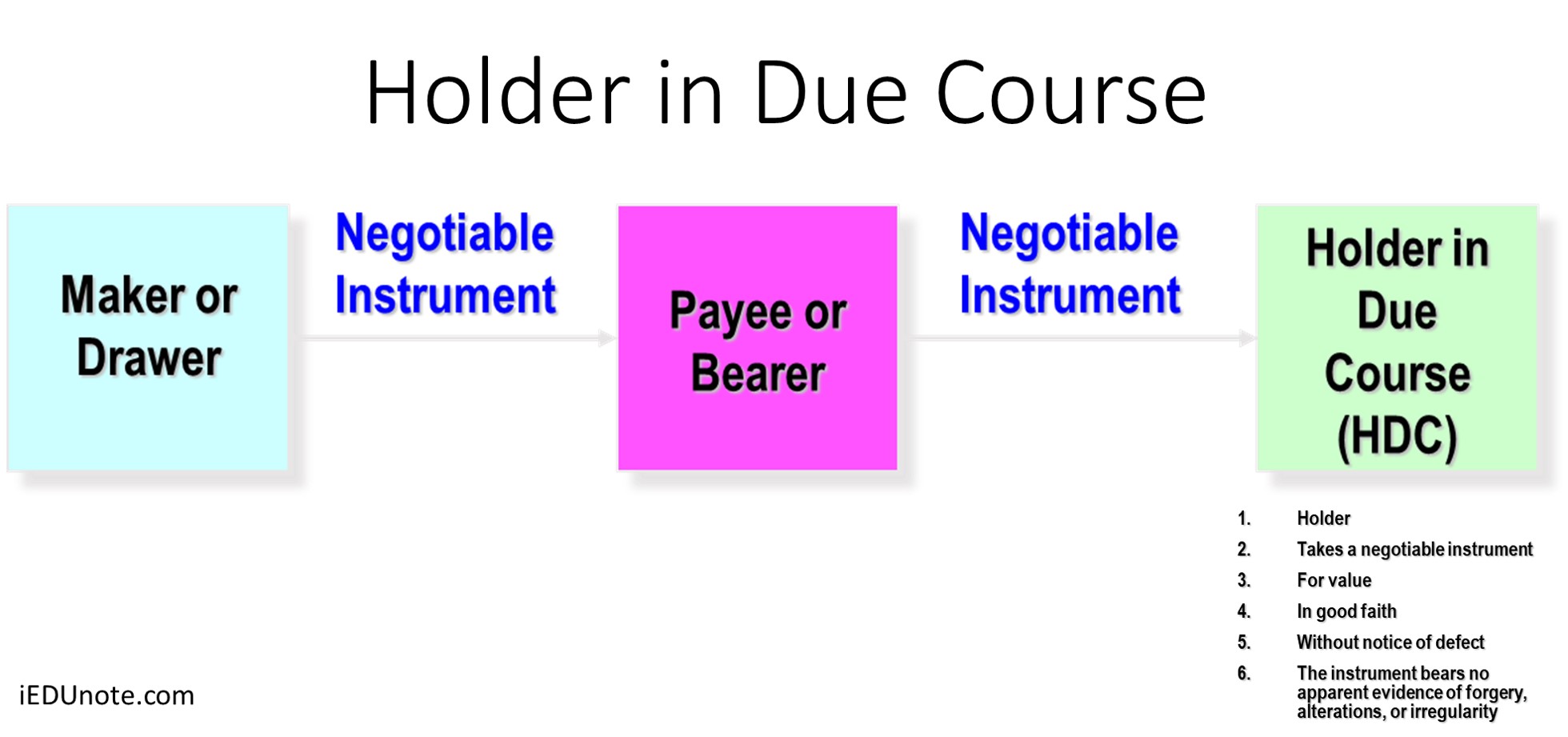Risk refers to the probable disadvantageous, undesirable, or unprofitable outcome of a fortuitous event, an event which is not desired but nevertheless taking place. In business or personal life, no one cannot avoid the risk and uncertainty it may bring. So one should use one or more methods to hedge himself against it.
The following methods may be usually considered:
Methods of Spreading Risk
Risk Avoidance
This involves the selection of those business activities only which involve the minimum amount of risks.
Examples;
- Buying a property or business in order to not take on the liability that comes with it.
- Not flying in order to not take the risk that the airplane was to be hijacked.
- Not to visit border areas at the time of war tensions.
- Avoid manufacturing and marketing a product of which patent/copyright is doubtful.
Risk Prevention
This can be done by eliminating the cause of loss and protecting loss of things or persons exposed to damage or injury and minimizing the loss when it at all occurs,
Risk Assumption
This refers to the individual or firm assuming the risk itself and bearing the ensuing uncertainty. This is also known as Self-insurance. It may be due to ignorance or by choice, particularly when the risk is so remote that any step taken to minimize or eliminate it would be considered uneconomical.
Risk Distribution
This involves spreading risk by means of group sharing, such as a partnership or company form of business organization.
Hedging and Neutralization
This involves offsetting loss from the occurrence of a risk by a compensating gain from another activity.
Elimination of Risk
It is illogical to spread risks that can be eliminated entirely, and much effort is usually made by the business community to improve their equipment and methods of working so that any unnecessary element of risk is avoided.
However, improvement in the system necessitates extra expenditure and this will be justified so long the potential loss is reduced by a greater sum than the potential cost.
Risk Transfer
This refers to one person guaranteeing another against the risk of loss. Insurance is a form of risk transfer as such.
Save and except the last item hereinabove mentioned pertaining to ”risk transfer”, it would be observed that the means of risk spreading so far considered involve a sharing not only of the risk but also of the management and profits of the business.
Insurance differs from this sort of risk sharing in that it isolates risk- It may be expressed as a fund into which each member-insured puts a contribution known as a premium commensurate with the risk he introduces.
The insurers manage the fund, pay claims and, if possible, make a reasonable profit in return for their expertise.
The members of the fund are thus only bound together in their desire jointly to provide against a possible risk to which all are exposed. In no way have they joined together their separate business operations.
In isolating the risk, one thing is to be kept in mind always, which is that speculative risks are beyond the scope of insurance.
Actually, the control and management of pure risks, which is dealt with by insurance technique, is risk management from an insurance point of view, and this is within the scope of insurance.

![Types of Insurance Organizations [A Comprehensive Guide] 2 Types of Insurance Organizations [A Comprehensive Guide]](https://www.iedunote.com/img/259/types-insurance-organization-e1529504882393.png)